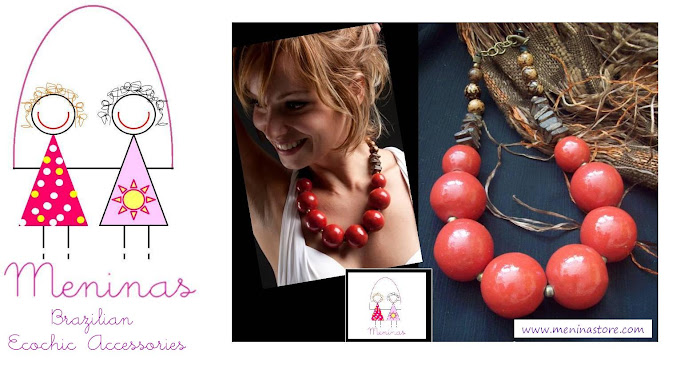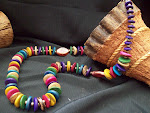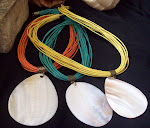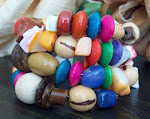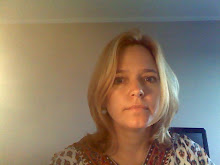Today I want to talk about the important role that the Brazilian craft exercises in sustaining and improving the living conditions of millions of families in the country.
First I need to call attention to the beauty of our craft: colorful, full of life, energy and creativity! I love it! Of course I'm not talk about any craft - it is not enough for me to be simply "hand made", it has to be unique, modern, and especially nice! Want to see some examples? Look these ones I found. Who wouldn't use these necklaces, this charming wallet?
And it is not only the accessories. The principle is the same for ceramics, weavings, baskets, etc.. The pieces have to enchant!
Today there are about 8.5 million people working in the production of handicrafts in Brazil - 87% women, who often learned the craft from their mothers, since the teachings are traditionally passed from generation to generation .
This current process not only improves the life of several families, but also contributes to the sustainable development of regions with productive potential which often found themselves marginalized and without any perspective.
Want an example? This here is the wonderful work from Sebrae! It's just a case, but there are hundreds of others ...
Agulha Mágica (Magic Needle) : Santa Maria, Federal District - per capita income (annual) equal to the minimum wage, unskilled labor and unemployment rate above 20% of the economically active population.
Ana Maria Neta was a typical woman of this community. A married mother of three young children, working as a maid. Like many women,Ana was unhappy because no one would take care of her children while she was away, working. Ana Maria's dream was to find a way to ensure the sustenance of the family, balancing her activities of mother and wife.
Ana Maria was not alone, there were other families in similar circumstances. What was common among women of Santa Maria is that they possessed a manual skill cultivated as a tradition: the ability to crochet with perfection. In 1997, Mary Anne found herself with her children sick, needing her more than ever and at the same time, her income was essential for the maintenance of the house.
It was necessary to find alternatives to reconcile family life with work. It was a matter of survival.
Ana Maria was a very humble person, but her entrepreneurial attitude was perceived in everything she did. She was determined to change her family situation and knew that to do so she would have a hard road ahead. In 1997, she heard about a crochet design course promoted by SEBRAE. Ana Maria, who already knew how to crochet, was soon to sign up - when she finished the course, Maria Ana sent a large supermarket chain in São Paulo a sample of a new product: towels with fruits and vegetables made in colorful crochet, in high relief - attributes that added value to a simple product, present in all Brazilian kitchens.
Interested in the product, the company ordered 500 towels. Ana Maria, already recognized as an artisan, took three months to deliver them.
Frightened, Maria Ana went to SEBRAE, to ask for help - the program "One swallow does not make a summer." Guided by SEBRAE experts, the artisan began to work with multiplication, teaching other women to do their work on crochet. This initiative was pioneered in the community of Santa Maria.
The work has enabled about 2,000 women who, after having been qualified and selected, expressed the desire to join forces to work. Thus, the Magic Needle Association was born in 2000, giving an identity to that informal group that grew each day.
Success came in 2001 when the orders exceeded 2500 towels / month.
Ana Maria opened in 2002, the company Art Brazil, which, with the her husband's help, who had left his job as a bricklayer to devote to crochet, planned and organized the production and was in charge of marketing the towels
.

The perceived changes refer not only to the increased income and the quality of life, but mostly to their self-esteem. These women became more secure and confident in the ability to produce a change.
That's it. Cool huh? Developing the creative and artistic potential of needy people and to transform the lives of an entire community with their own work ... and still live surrounded by beautiful things. Can there be anything better?
